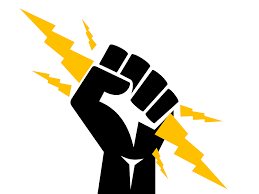New Year, New Energy
/It’s 2019—Happy New Year to all! —and this year’s solar energy prospects are looking as promising as ever. In December of last year, the New York Times reported on Nigeria’s ever-growing solar grid industry. One of the several takeaways from this piece touches on the reality, as opposed to the myths, surrounding powering small businesses with solar energy. The Times’ Amy Yee takes the King Royal Guesthouse as a case study, showing that purchasing electricity from the solar mini-grid proves not only to be more cost-effective than relying on the traditional electric grid, but saves time spent on traveling to purchase fuel in order to power a noisy generator. Additionally, instead of having to switch off the freezer, fan, and television in order to use necessary appliances such as the water pump, access to solar energy allows to the King Royal Guesthouse to keep appliances running at all times.
Needless to say, these cases fly in the face of skeptical attitudes voiced by government officials across the continent who cast doubt on the efficacy of solar energy despite the increasing evidence to the contrary. But perhaps strong minds are beginning to change: news broke in October of last year that the Nigerian Ministry of Power is switching over from the grid to a hybrid solar mini-grid network. Yeah, that’s the literal Ministry of Power. If that isn’t proof enough, we honestly don’t know what is.
Let’s not get ahead of ourselves though: while solar mini-grid technology is undeniably preferable to traditional grid-sourced energy and generator use, we haven’t let go of our vision for a decentralized future. The fact remains that the economic and logistical viability of solar energy solutions is still relatively new to the regional collective consciousness. This is but one step in the direction of making decentralized solar power available to the majority. So long as that’s the case, we’re here for it.

